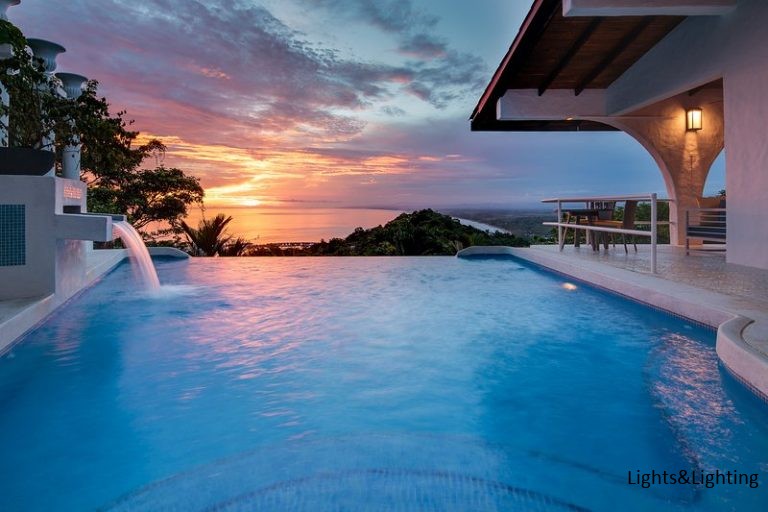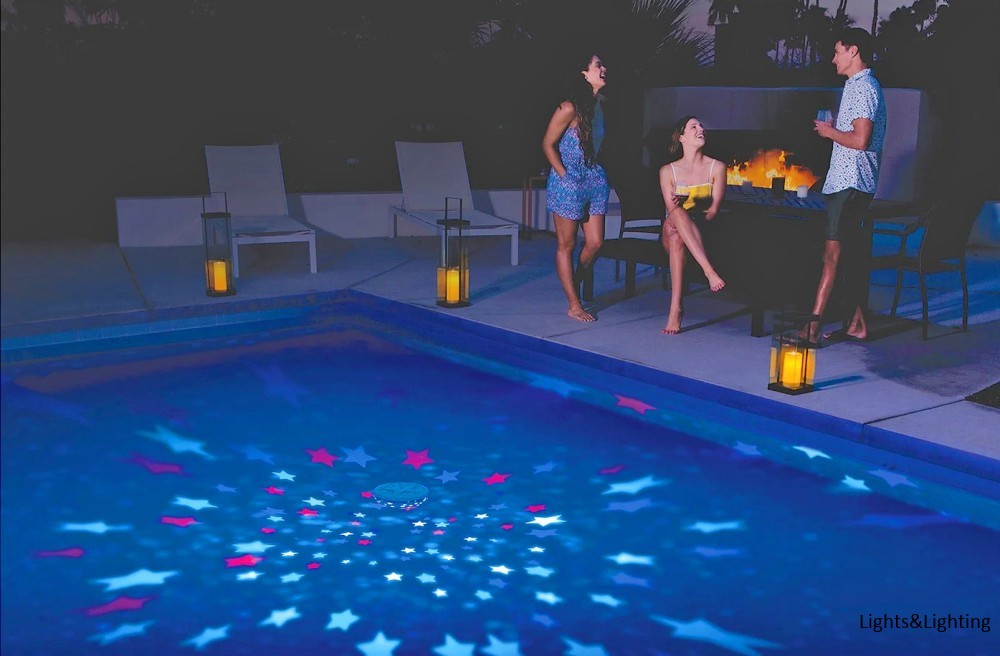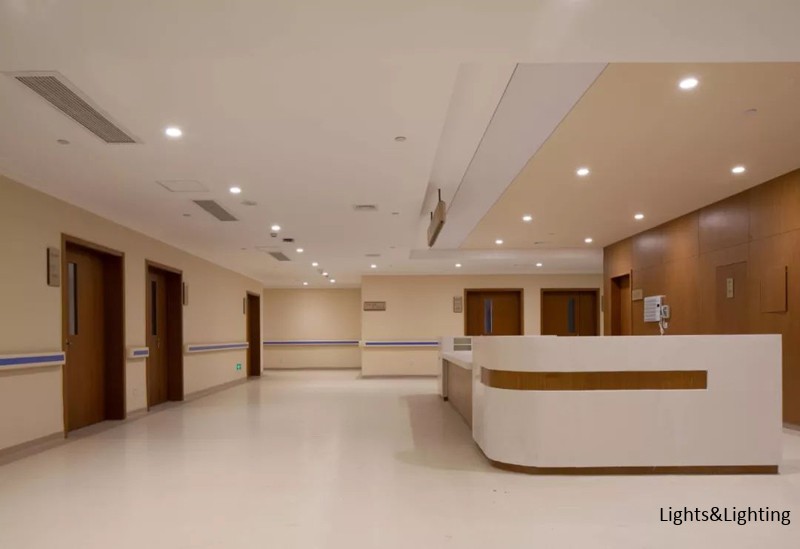1、LED plant growth lights (Led Grow Lights) in plant cultivation
Light environment is one of the important physical environment factors indispensable for plant growth and development, and it is an important technology in the field of facility cultivation to control plant morphology through light quality regulation.
As the fourth generation of new lighting sources, LED plant growth lights (Led Grow Lights) have many characteristics that are different from other electric light sources, which makes them the first choice for energy-saving and environmentally friendly light sources. LEDs used in the field of plant culture also exhibit the following characteristics: rich wavelength types, which coincide with the spectral range of plant photosynthesis and photomorphogenesis; semi-wide and narrow spectral wave widths, which can be combined to obtain pure monochromatic light and composite spectra as needed; can focus on specific wavelengths of light to irradiate crops in a balanced manner; can not only regulate crop flowering and fruiting, but also control plant height and plant nutrients; and The system generates less heat and takes up less space, and can be used in multi-layer cultivation stereo combination systems, achieving low heat load and miniaturization of production space; in addition, its exceptional durability also reduces operating costs. Due to these remarkable features, LED is very suitable for plant cultivation in controlled facility environments, such as plant tissue culture, facility horticulture and factory nursery and aerospace ecological preservation systems.
2. Research on LED application in plant facility cultivation
In the past decade, the area of facility horticulture in China has developed rapidly, and the lighting technology for controlling the light environment of plant growth has attracted attention. Facility horticulture lighting technology is mainly applied in two aspects: first, as supplementary lighting for plant photosynthesis when the amount of sunlight is low or the duration of sunlight is short; second, as induced lighting for plant photoperiod and photomorphic building.
2.1 Research on LED as supplementary lighting for plant photosynthesis
Traditional artificial light sources generate too much heat. If LED supplemental lighting and hydroponic systems are used, air can be recycled, excess heat and water can be removed, and electrical energy can be efficiently transformed into effective photosynthetic radiation and eventually into plant matter. The study showed that: using LED lighting, the growth rate and photosynthetic rate of lettuce are increased by more than 20%, and it is feasible to use LED for plant factories.
It was found that the mixed wavelength LED light source can significantly promote the growth and development of spinach, radish and lettuce and improve morphological indicators compared with fluorescent lights; it can make the maximum bioaccumulation of sugar beet, the most significant accumulation of betalains in the hairy roots and produce the highest accumulation of sugar and starch in the hairy roots.
Compared with metal halide lamps, pepper and perilla plants grown under LEDs conforming to wavelengths showed significant changes in the anatomical morphology of stems and leaves, and the photosynthetic rate of the plants increased as the optical density increased. LEDs of compound wavelengths caused an increase in the number of stomata in both marigold and sage plants.
2.2 LEDs as induced lighting for plant photoperiod and photomorphogenesis
LEDs of specific wavelengths can affect the flowering time, quality and duration of flowering in plants. Certain wavelengths of LEDs can increase the number of flower buds and flowering of plants; certain wavelengths of LEDs can reduce the flowering response and regulate the pedicel length and flowering period, which is beneficial to the production and marketing of cut flowers. This shows that LED regulation can regulate the flowering and subsequent growth of plants.
2.3 LED application in aerospace ecological biosystem research
The establishment of Controlled Ecological Life Support System (CELSS) is the fundamental way to solve the problem of long-term manned spaceflight life support, and the cultivation of higher plants is an important component of CELSS, one of whose keys is light.
based on the special requirements of space environment, the light source used in space higher plant cultivation must have the characteristics of high luminous efficiency, output light wave suitable for plant photosynthesis and morphological construction, small size, light weight, long life, high safety and reliability record and no environmental pollution. Compared with other light sources such as cool white fluorescent lamps, high-pressure sodium lamps and metal halide lamps, LEDs are more efficient in converting light energy into photosynthetically effective radiation; in addition, they are long-lived, small, lightweight and solid-state, so they have gained much attention in ground and space plant cultivation in recent years. Research shows that LED lighting system can provide a uniform spectral energy distribution of lighting, and its efficiency of converting electrical energy into light required by plants exceeds 520 times that of metal halide lamps.
3 Prospect analysis of LED application in plant facility cultivation
LED is attracting the attention of the world with its inherent superiority. Especially in the context of global energy shortage worries rise again, due to LED light source with high luminous efficiency, long service life, safety and reliability, environmental protection and energy saving characteristics, so that the prospects of LED in the lighting market more global attention.
In traditional agricultural production generally use ordinary electric light sources to supplement light and the application of different cover materials and other agricultural technology measures, such as the use of monochrome fluorescent lamps or colored plastic film, changing the light environment to regulate the growth and development of plants in the facility cultivation environment. However, these measures have different degrees of problems, such as the lack of analysis of specific spectral components leading to impure light quality treatment, inconsistent light intensity, close to or even below the light compensation point of plants, and low energy efficiency of irradiated light sources, etc. The results of a large number of studies on the application of LEDs in plant facility cultivation environments show that LED plant growth lights (Led Grow Lights) can solve these challenges and are particularly suitable for It is particularly suitable for artificial light control plant cultivation environment.







 Instant Messaging
Instant Messaging